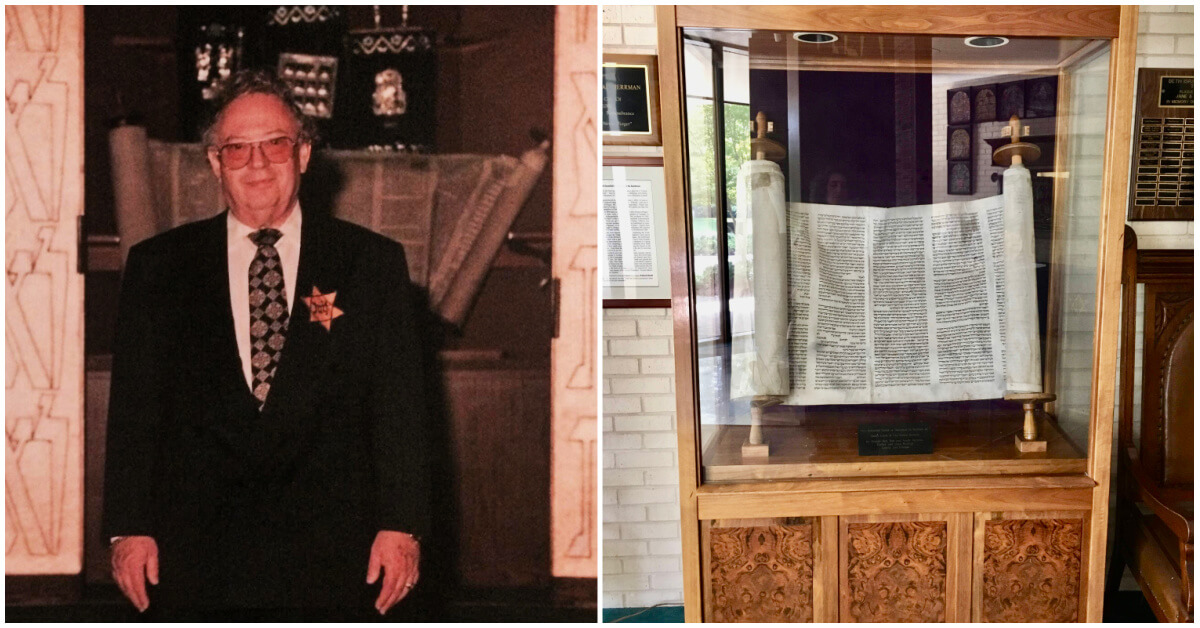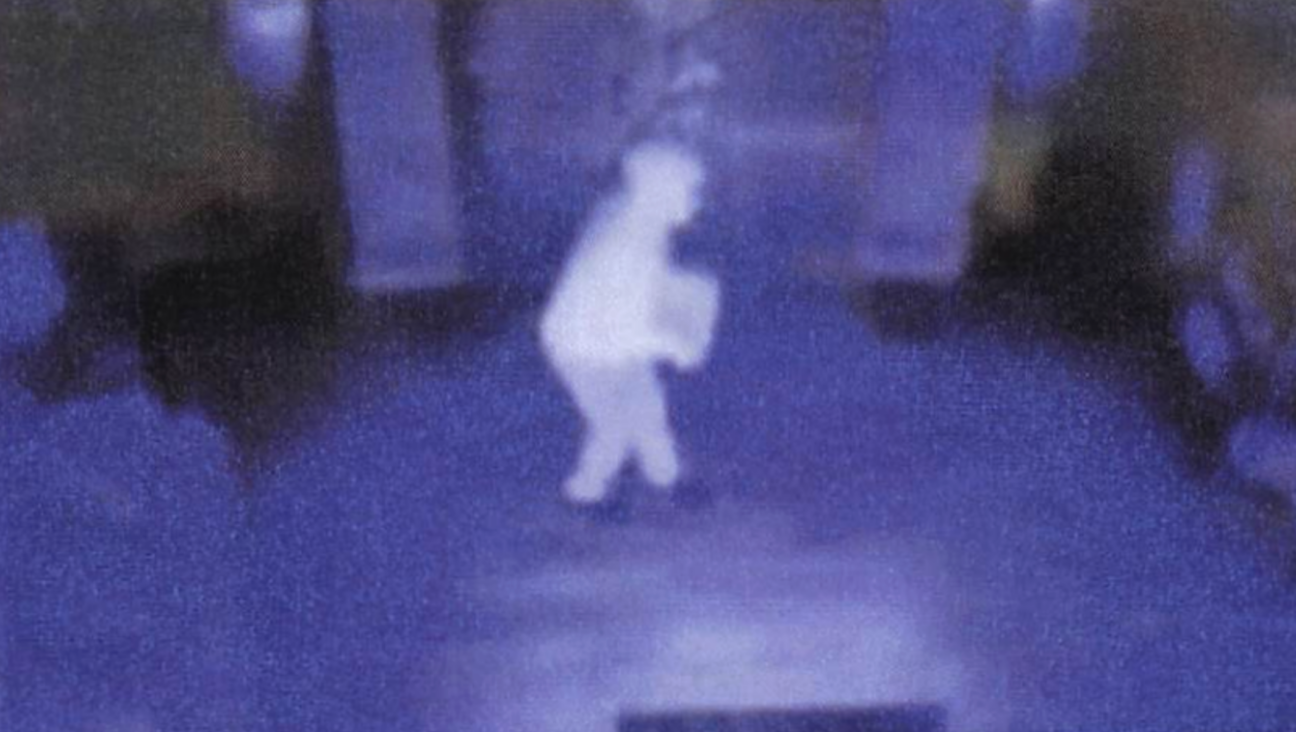Transgender Jews Seek Place at Table

Graphic by Angelie Zaslavsky
Shortly before Emily Aviva Kapor began the transition from male to female, she sat down to discuss the process with her mother.
“I told her I was going on hormones, and she said the most Jewish thing to me,” 27-year-old Kapor recalled. “She said, ‘Well, at least you’re not getting a tattoo.’”
It’s a funny line that anyone with a Jewish mother can appreciate. But as it turns out, the most Jewish thing to say on the subject of gender identity probably would have been nothing at all.
For many years, those knowledgeable on the subject say, Jews and Jewish organizations largely met their transgender co-religionists with silence. Slowly, that is beginning to change. From November 2 to November 4, Kapor and nearly 30 other transgender, transsexual, queer, intersex and gender-nonconforming Jews from across North America sought to expand this opening-up process at a gathering here, billed as the first-ever retreat for such Jews.
“With transgender and gender-queer identity, there wasn’t a Jewish frame of reference in which to speak it,” said Rabbi David Dunn Bauer, director of West Coast programming for Nehirim, the LGBT group that sponsored the event. The result, he said, was “silence.”
On the other side of the equation, he added, “Jewish transgender people did not want to speak their names or their identities out loud — or if they did, they had to leave their communities and restart somewhere else, kind of like the witness protection program. So, there was silence from transgender people.”
The Nehirim Jewish Transgender Gathering, as the shabbaton was called, was “a space where people could be present in their full identities.”
Among those attending was Enzi Tanner, a 28-year-old African American who is in the process of converting to Judaism. Tanner grew up Pentecostal, was born again as a Baptist and later worked toward ordination as a United Church of Christ minister before deciding to convert to Judaism.
“For me, gender transformation and Judaism go hand in hand,” Tanner said, sitting outside the conference in his purple yarmulke, bowtie and suspenders. “Some things in my mind were always fixed: Gender cannot be changed; the only way to be Jewish is to be born Jewish. Once I realized that gender isn’t such a fixed thing, years later I met Jewish people and realized you didn’t have to be born Jewish to be Jewish.”
Tanner, a spoken-word artist, saw other links between his conversion to Judaism and his gender transition. Before sex reassignment surgery, transgender people must live in the gender to which they are transitioning. Similarly, Tanner, though still studying to become a Jew, is already living as a Jew.
Retreat participants took part in Sabbath services, as well as in seminars with names like “Being a Jewish Gender Outlaw,” “Being Transgender Is Kosher: Beyond the Binary in Ancient Jewish Texts” and “Does Judaism Love Your Body?” They also joined “heart circles” in which they spoke in highly personal terms about their own experiences. That such a gathering was taking place — and in public no less — was seen as a mark of progress, however sluggish. “It’s slowly changing from the perspective of many trans Jews,” said Joy Ladin, an English professor at Yeshiva University who was picked for this year’s Forward 50. She is the first openly transgender employee of an Orthodox Jewish institution. “But if you think about Jewish history being about 3,000 years long, there’s been rapid change.”
The changes have gathered pace over the past 10 to 15 years. Both Orthodox and Conservative rabbis, for example, have issued teshuvas, or religious opinions, on sex reassignment surgery. The Reform movement has ordained transgender rabbis, and the Reconstructionists are currently doing so — and both movements have made efforts to integrate issues of transgender into their curricula. In 2000, the Reform movement launched the Institute for Judaism, Sexual Orientation & Gender Identity.
Moreover, a network of organizations has emerged to work on behalf of transgender Jews. Jewish Transitions, a consultancy, provides guidance to transgender people on conversion and burial; Keshet, a co-sponsor of the shabbaton, works for the inclusion of the LGBT community in Jewish life; TransTorah.org makes trans and gender-queer Jewish resources available online, and Eshel supports LGBT people in traditional Jewish communities. A growing number of Jews and Jewish institutions are now asking questions that would have been unimaginable a short time ago about how Judaism does, and should, approach gender-nonconforming Jews.
Questions like: On which side of the mechitza, the partition dividing men and women, should a transgender person sit? Does a person who has transitioned from female to male need to undergo some kind of circumcision? If a male transitions to female, is a get, a Jewish divorce, required for that person to obtain a divorce? And when a trans-woman’s daughter is called to the Torah as a bat mitzvah and identified as “daughter of” Parent A and Parent B, should the trans-parent’s former — male — name be used or her new name?
Ladin recently found herself in that uncomfortable situation. Her ex-wife felt that, to reflect their history together, it was important to use Ladin’s former name in heralding their daughter’s entry to adulthood. Ladin understood her desire, but disagreed.
She told her ex-spouse, “I think that my present is more important than her past.” But then Ladin’s daughter weighed in, declaring Ladin said, that she didn’t “want to change her identity just because I changed mine,” The family arrived at a “livable compromise,” she related: Ladin would be acknowledged by both names.
When the moment of truth arrived, Ladin said, “the rabbi did something really great…. He just read it really fast. Even I couldn’t sort out the words. He made my female name and my male name unintelligible, minimizing the discomfort of my ex and myself simultaneously.”
“I think we did the best that we could in a difficult situation,” Ladin said.
Kapor, whose mother was pleased she wasn’t getting a tattoo, hopes to create a “gender-queer Halacha” and thereby nudge Jewish law toward a rendezvous with modernity on such issues. A former student at Jewish day schools, Kapor has begun studying independently for the rabbinate in service of this goal.
Still, while the Talmud addresses those with physical differences, the question of how a person experiences his or her own gender — the focus of much transgender thought today — has little precedent in early Jewish thought. As the sun descended on a Friday evening, participants gathered for Kabbalat Shabbat and sang many familiar tunes, sometimes altering the traditional words. Reuven Zellman, assistant rabbi and music director at Berkeley’s Reform-affiliated Congregation Beth El, led the traditional chant, “Hinei ma tov u” with a subtle twist: “Hineh ma tov u ma naim, shevet tranim gam yachad” :“Behold how good and how pleasing, transgender people sitting together.”
Zellman clearly knew his audience. Indeed, several participants said it was essential in their situation to maintain a good sense of humor. But for Bauer, the gathering was very serious business.
“Bringing respect and safety to transgender folk is a matter of life and death,” Bauer said. “There are so many people in history who have killed themselves; there are so many people who live lives as dead people, if you will, without ever getting a chance to be reborn into their new identities. Not holding this gathering would be like looking at a population in peril and saying, ‘We don’t care if you live or die.’”
Contact Chanan Tigay at [email protected]
















